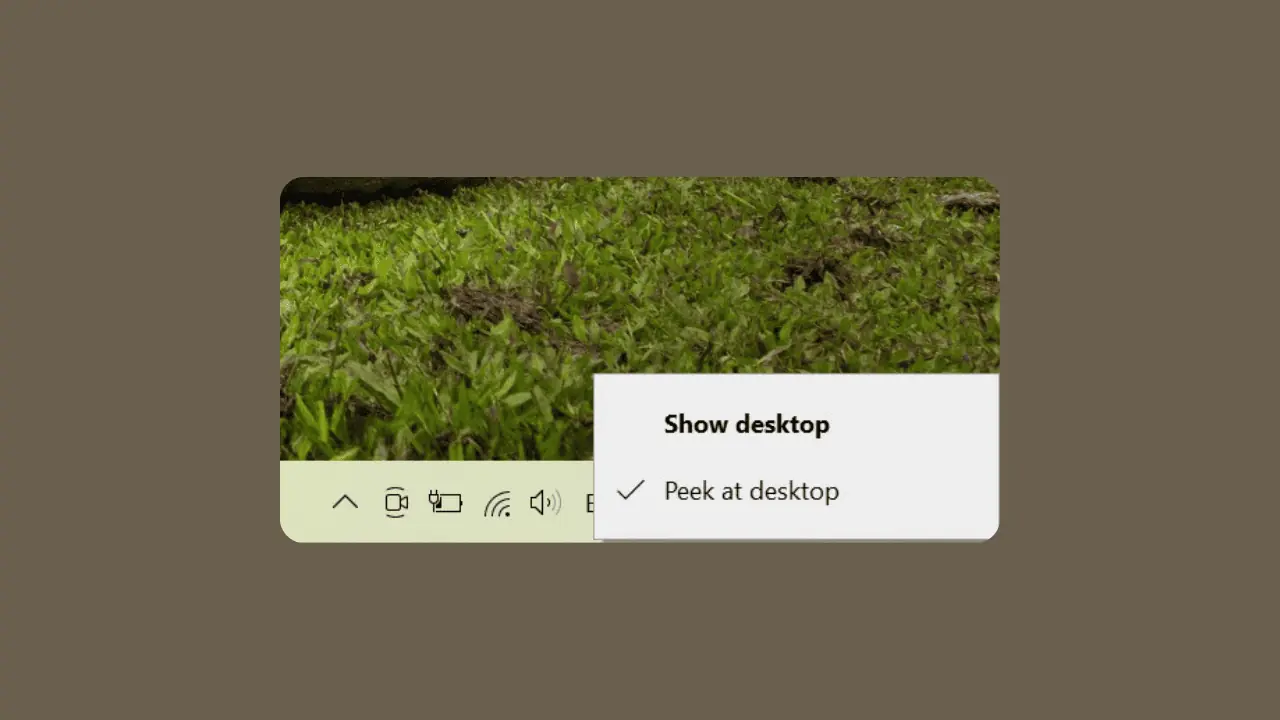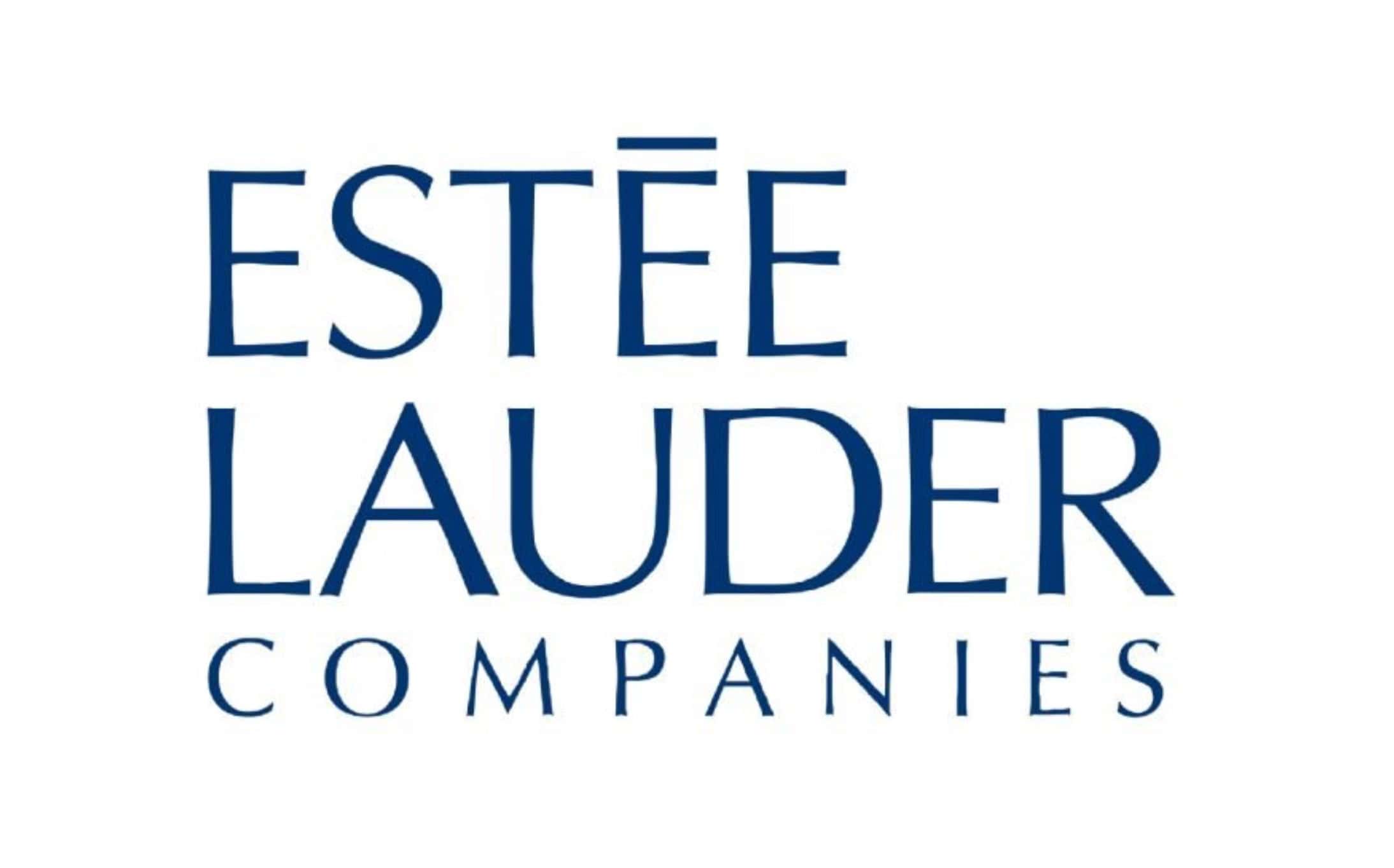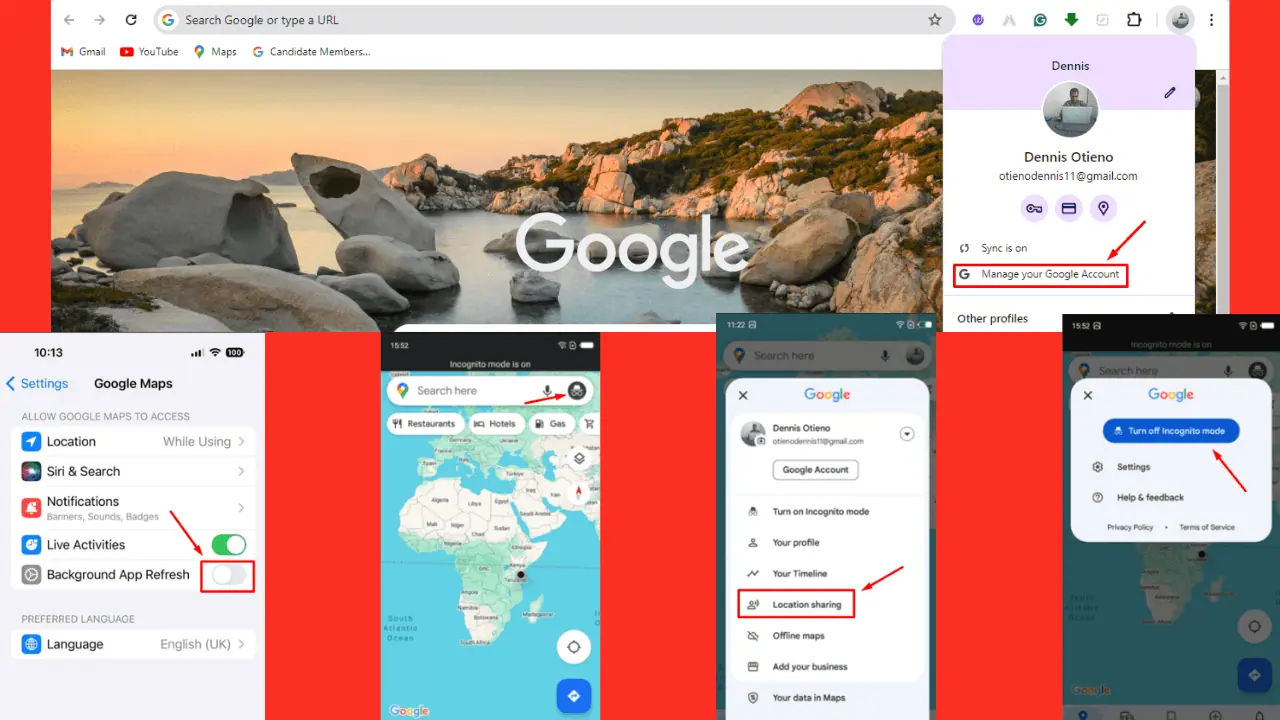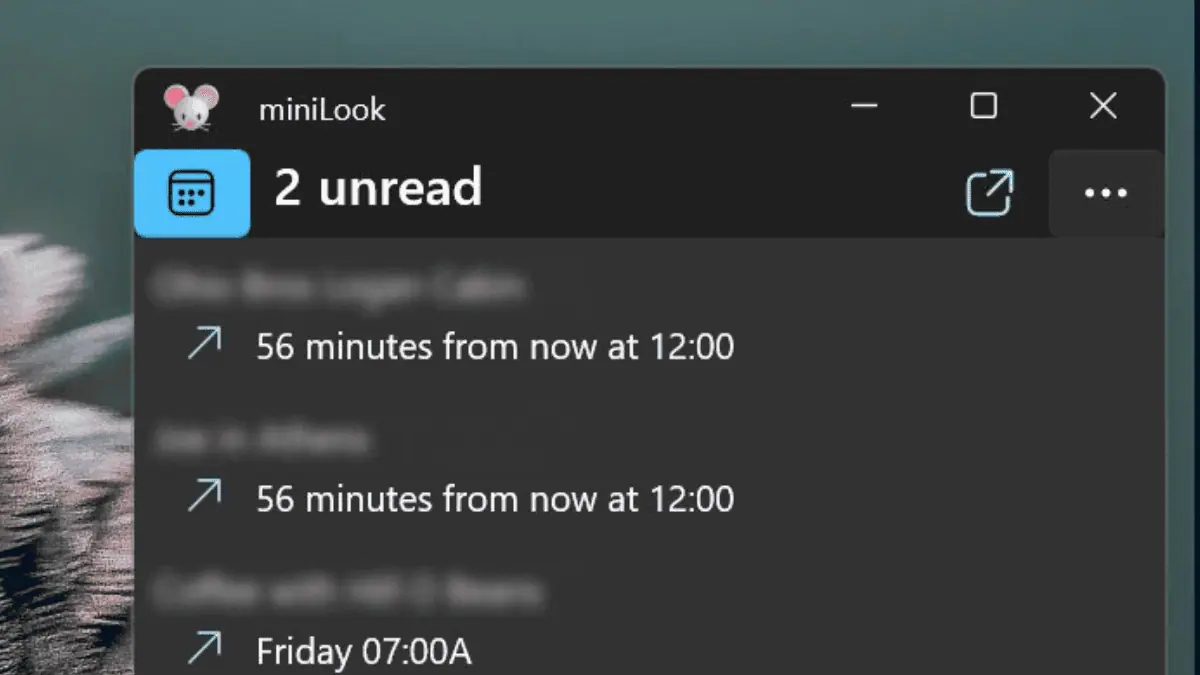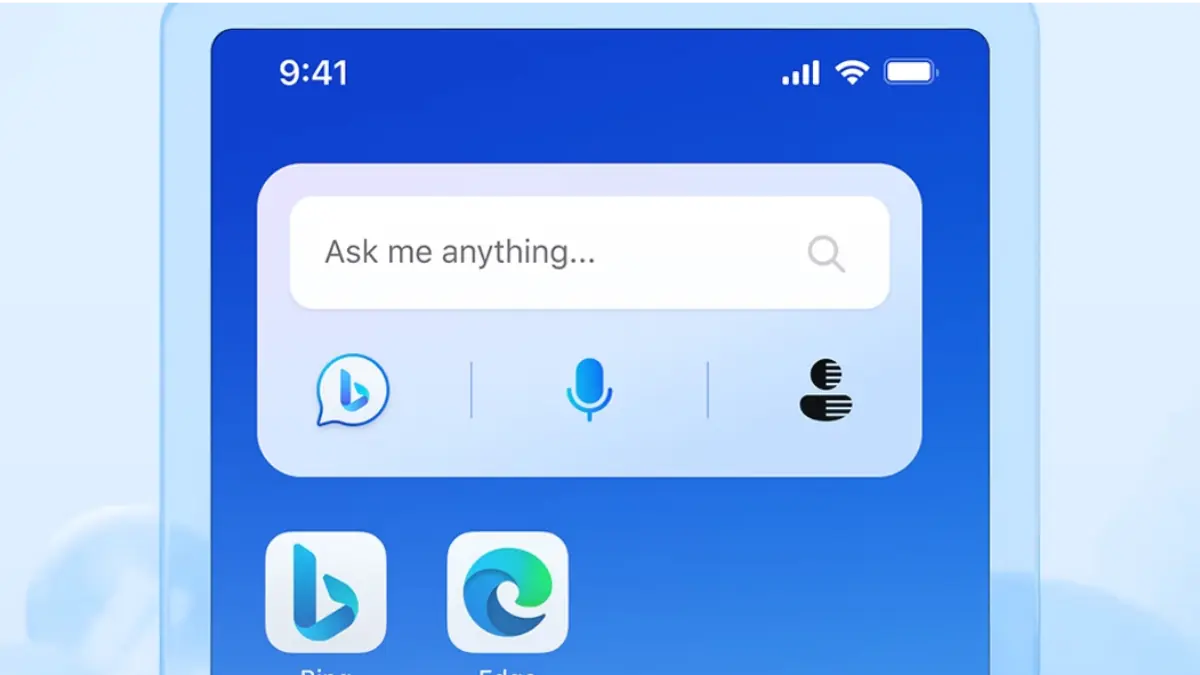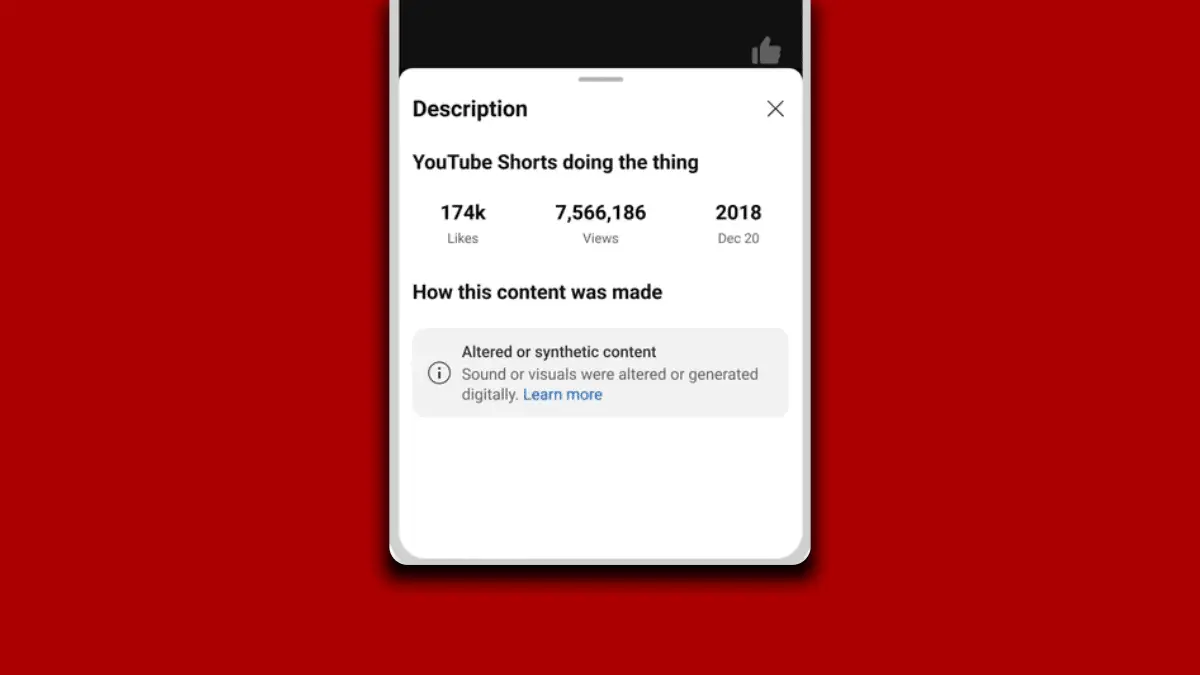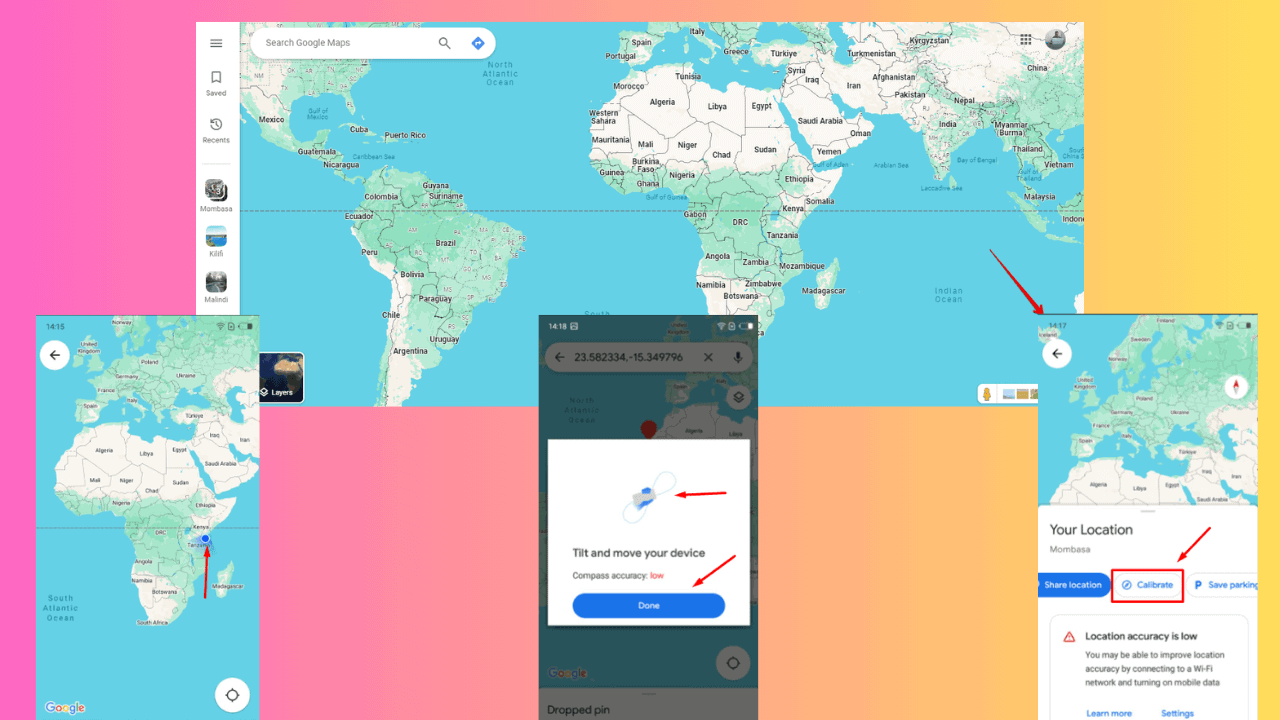You'll soon be able to control your PCs using your tongue, Microsoft's new patent reveals
Perfect when you're feeling stealthy.
2 min. read
Published on
Read our disclosure page to find out how can you help MSPoweruser sustain the editorial team Read more
Key notes
- Microsoft patents tech for PC control with tongue movements; patent filed in 2022, now published by USPTO.
- It solves issues with noisy environments hindering voice commands
- You can select letters by moving eyes, tapping teeth; multiple gestures possible and more.

We’ve seen them all: you can control Apple Vision Pro with your eye movement and even hand gestures, Meta Quest has good eye-tracking tech, and more. And now, Microsoft is taking things a bit further by filing a patent for tech to let you control your PCs using your tongue movement.
You’ve read that right. Although we do have touch screens, hand gestures, or even voice commands to control smartphones and PCs, they still have some drawbacks. For example, if you’re in a rather noisy or extremely quiet environment, you can’t really use voice commands. This is where this tech comes in as a solution.
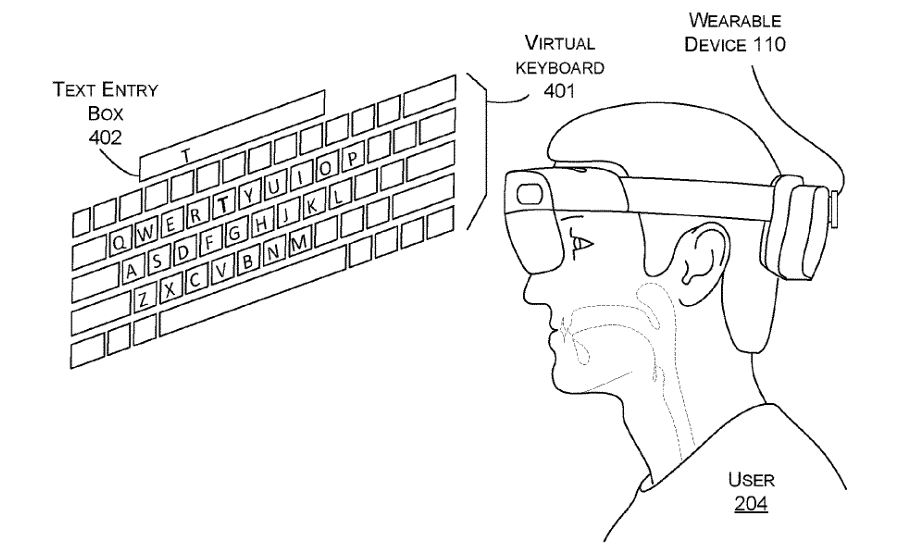
Microsoft initially filed this patent application a little while ago in 2022 but USPTO has just recently published it. The 28-page document details some of the examples where this tech is applicable. For example, you can move your eyes over letters, sensors track where you’re looking, and when you find the right letter, you tap your teeth to select it.
Here’s a video demo of this tech when it was first being worked on back then:
You can also erase letters with a different gesture, like tapping your cheek. This is just one example, though—there are lots of other gestures and ways to interact, like shaking your head for example.
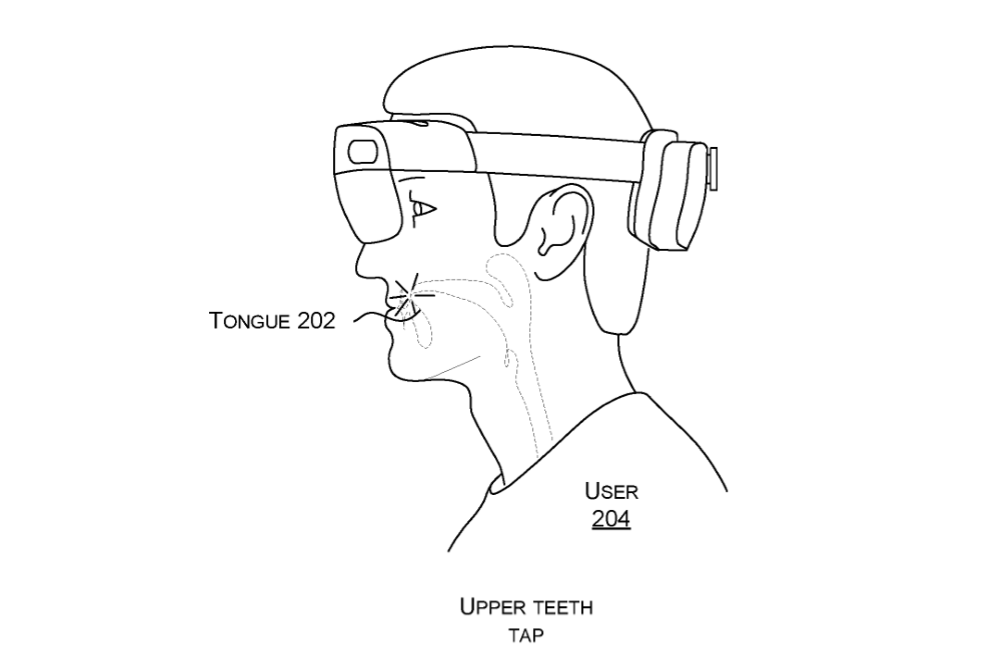
But tongue gestures aren’t just for typing; you can use them for all sorts of things, like playing games (you’ve also read that right) or talking to virtual assistants like Siri. In the document, Microsoft also says that this tech uses an “inertial sensor” or IMU (Inertial Measurement Unit), and is worn with headphones, earbuds, or even an AR headset like Microsoft HoloLens.
The gestures described here were picked to be done quietly without any sound or obvious movements, so it’s perfect for a noise-free environment (or, well, if you’re feeling stealthy). They’re all done inside the mouth using the teeth, cheeks, and palate for feedback.
Are you excited for this tech?

